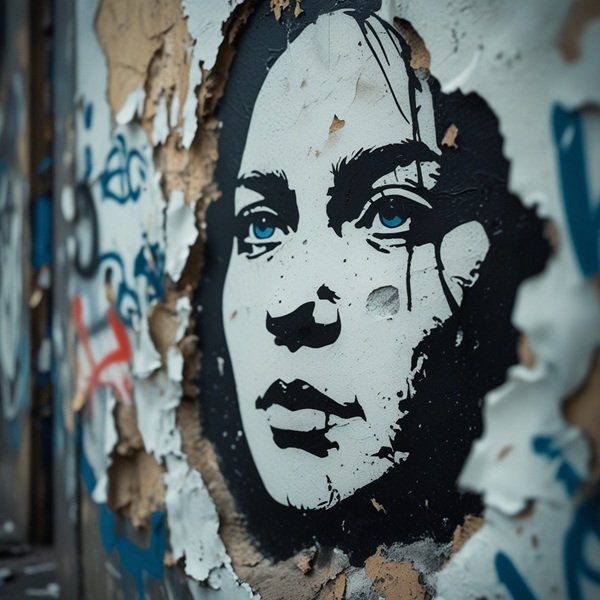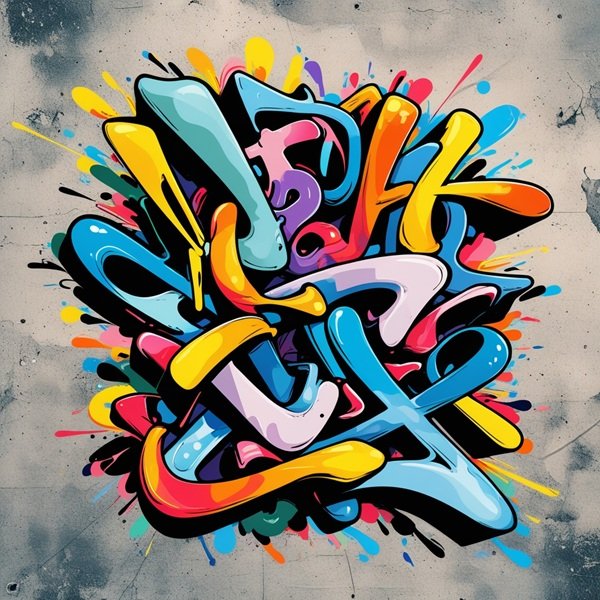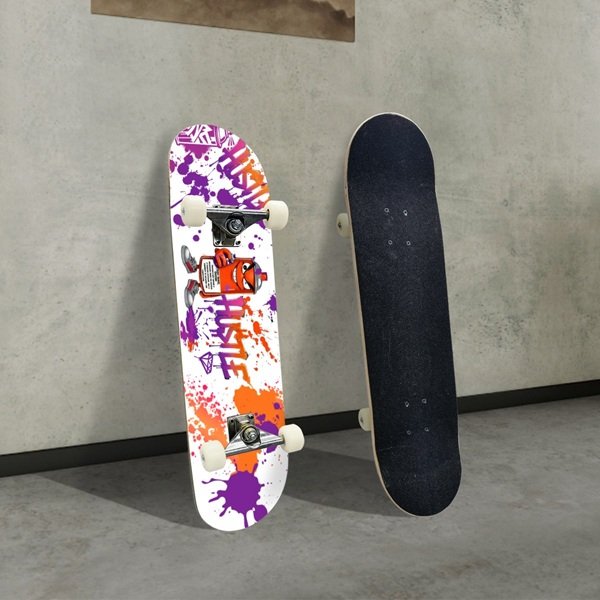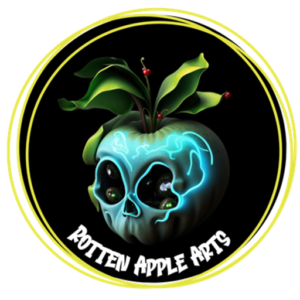Decoding the Language of Graffiti Art
Hey, Rotten Apple squad! Let’s talk about graffiti. It’s more than just spray paint on a wall; it’s a raw, unfiltered expression of creativity. From iconic stencils to sprawling murals, graffiti is a dynamic art form that deserves our attention. We’re diving into the spectrum of graffiti, exploring its diverse styles and social impact. Let’s peel back the layers and see what makes this art so powerful.
Graffiti comes in all shapes and sizes, each with its own story to tell. Here’s a breakdown of some key styles:
Banksy: The Provocateur:
Banksy’s stencils are more than just art; they’re social commentary. His work challenges the status quo, sparking conversations about politics, consumerism, and injustice. It’s art with a message, and it hits hard. Banksy’s impact proves that graffiti can be a powerful tool for social change.
Key elements to note: Stencil technique, social and political commentary, and anonymity.

Mural Artists: The Storytellers:
Mural artists transform blank walls into breathtaking canvases. Their large-scale works often pay homage to cultural icons, commemorate historical events, or simply add a splash of color to urban landscapes. These murals breathe life into neighborhoods, turning concrete jungles into vibrant galleries.
Key elements to note: Large-scale artwork, community impact, and diverse subject matter.
Fancy Fonts (Wildstyle/Calligraphy): The Word Wizards:
Graffiti lettering, from intricate wildstyle to elegant calligraphy, is an art form in itself. These artists manipulate letters into complex designs, creating visual poetry on walls and trains. Their skill and precision are undeniable, and their work adds a unique flair to the urban environment.
Key elements to note: Lettering techniques, intricate designs, and stylistic innovation.

Simple Tags: The Raw Expression:
Even the most basic tags have a story to tell. They’re a raw, unfiltered expression of identity, a way for artists to claim their space in the urban landscape. While some may dismiss them as vandalism, they’re a fundamental part of graffiti culture, a visual language that speaks to those in the know.
Key elements to note: Spontaneous expression, territorial marking, and urban communication.
Graffiti as an Art Form:
Graffiti is more than just a rebellious act; it’s a legitimate art form with a rich history and diverse styles. It’s a way for artists to express themselves, challenge norms, and connect with their communities. From the political punch of Banksy to the intricate lettering of wildstyle artists, graffiti offers a unique perspective on the world. It’s art that lives and breathes in the streets, constantly evolving and pushing boundaries.
Rotten Apple fam, we believe in celebrating all forms of artistic expression. Graffiti is a testament to the power of creativity, a reminder that art can thrive in the most unexpected places. So, next time you see a tag, a mural, or a Banksy piece, take a moment to appreciate the artistry and the message behind it. Stay creative, stay inspired, and keep pushing the boundaries.

Check out our designs inspired by street art and urban culture.
Don’t forget to follow us on your favorite social ⬇️

